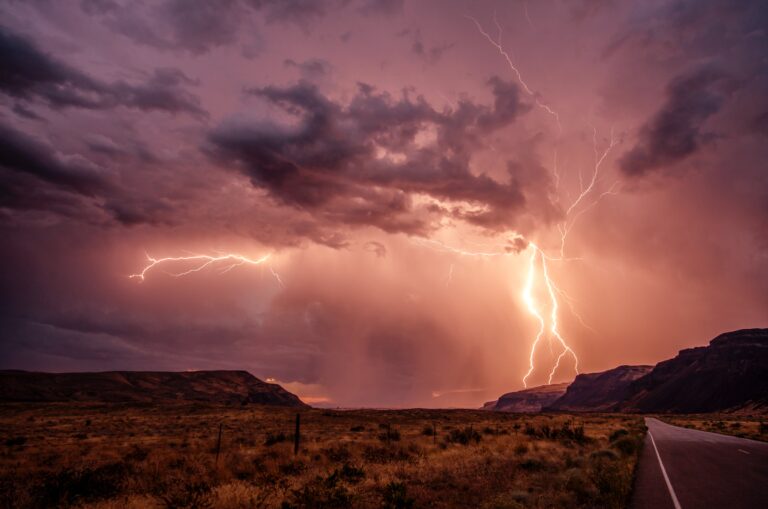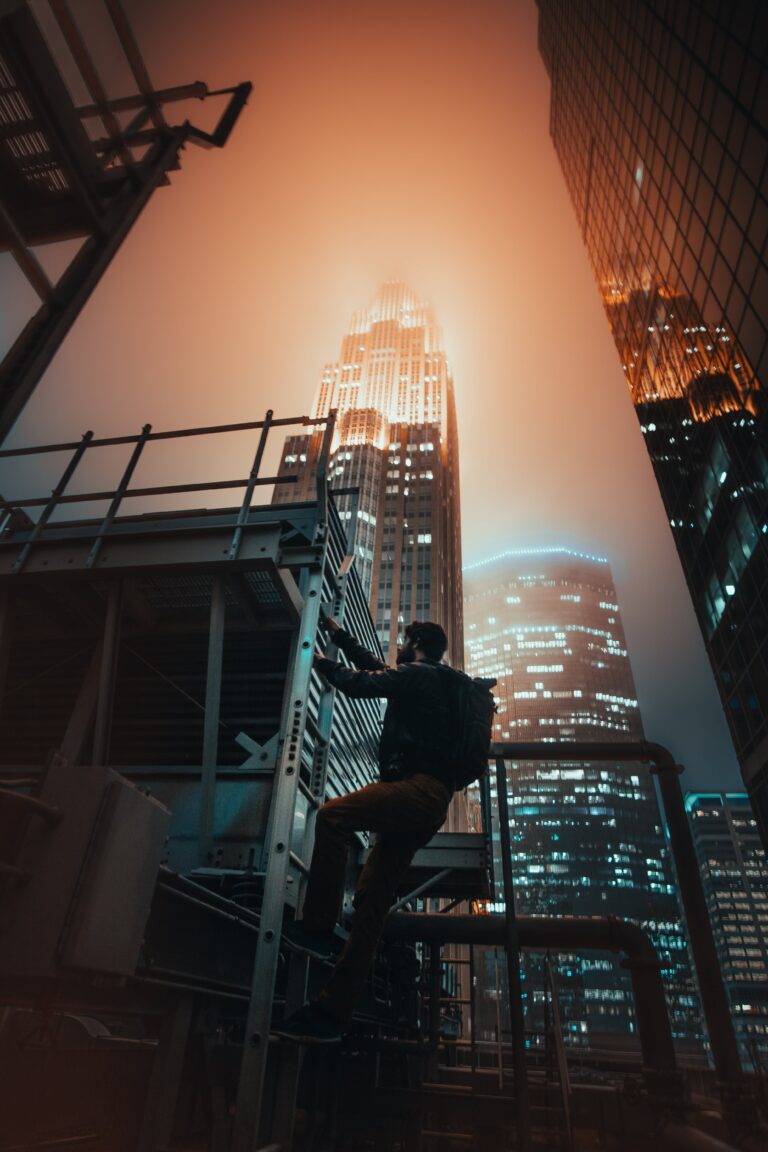Will The Last Person To Leave America Please Turn Out The Lights
Brevity is not a skill cultivated by the United States Department of Energy. Its latest report on America’s electric power grid, the National Transmission Needs Study, runs 294 pages. The goal of this study is to chart a path to a future in which the energy grid can carry much more energy. The answer, on careful reading, is, “You can’t get there from here.”
The primary conclusion of the study:
Median capacity expansion results show interregional transfer capacity must grow by 25% to meet future moderate load and clean energy growth, by 114% to meet moderate load and high clean energy growth, and by 412% to meet high load growth futures by 2035.
The level of cooperation across states, power authorities, power companies, and consumers is already too complex to imagine. The authors themselves admit that the study provides little guidance that takes into account weather and the current infrastructure age. Needs for system upgrades vary tremendously from region to region. After a review of the report, a New York Times reporter wrote: “But it would require hundreds of billions of dollars in investment and a frenzied pace of construction.” The operative word is “friendized”.
The “grid,” as the nation’s electric infrastructure has often been called, has caused anxiety for the government, businesses, and consumers for decades. That is for good reason. Year after year, the public hears about what will happen when the grid fails. Often, the illustration used is the 1977 New York City Blackout, lasting less than two days, from July 13 to July 14.. Although the event happened almost five decades ago, it is a reminder of violent crimes and looting that go on when a city loses access to electricity.
Grids can fail in much less spectacular ways than in the 1977 incident. The Texas 2021 power crisis ran from February 10 to February 27. About 3.5 million households lost all electricity, schools were shuttered, and the revenue of businesses was damaged. This event is proof that repairing huge sections of the grid quickly is impossible.
Breaks in the grid due to weather, bad luck, or incompetence are not what worries government officials the most. No infrastructure upgrading can protect the grid from sabotage, something that even the National Transmission Needs Study ignores. And that is for good reason. It is almost entirely outside government control, either federal or local. In mid-2022, Politico published an analysis that pointed out, “Physical and computerized assaults on the equipment that delivers electricity are at their highest level since at least 2012, including 101 reported this year through the end of August.” The grid could be the target of hackers, some of whom may operate from inside the walls of US enemies. The Russians, in particular, are working on ways to collapse the US eclectic system, it has been said.
The Department of Energy has just released this detailed and well-researched study documenting how vulnerable America’s electric energy system is and laid out ways for improvement. It is, at once, too complex and too difficult to implement. So, why bother doing the study? The grid is fragile, and it will fall, off and on, from region to region, and almost always without warning. This is a call to do the impossible.
More from ClimateCrisis 247
- Nvidia Works To Help AI’s Greatest Trouble
- Three Mile Island 1979 Meltdown Crippled US Nuclear For 50 Years
- World Leaders Abandon Green Plans, Climate Threats Grow
- Climate Fake News Penalties May Cost Billions






